George Arliss had several wives, girlfriends and daughters – on the stage and in movies, that is. Some of the most talented actresses of the Golden Age of Movies were featured in the Arliss films. So many in fact that one post here won’t do justice to the subject. So let’s begin with this installment.
Maureen O’Sullivan enjoyed her sabbatical from playing Tarzan’s Jane with CARDINAL RICHELIEU (1935). A later generation would think of her as Mia Farrow’s mother, and still later for her frequent appearances in Woody Allen’s films:

Bette Davis said her bags were packed and she had a train ticket back home to Massachusetts. Then George Arliss phoned her to discuss a role in his new film. Davis thought the call was prank – but it wasn’t. Here they are in the second of two films, the delightful comedy, THE WORKING MAN (1933):

This is one of my favorite photos of Mr. A, casually dressed in clothing you could buy today at Old Navy:

June Collyer was never a big star but her career spanned silent films to television. Here she portrays the historical femme fatale Mrs. Reynolds who almost destroyed the career of ALEXANDER HAMILTON (1931):


June Collyer was the sister of Bud Collyer, radio’s Superman, and TV’s game show host on “Beat the Clock” and “To Tell the Truth.”
Let’s not forget the talent across the pond. Here, a teen-aged Margaret Lockwood seems perplexed by the attentions of kindly clergyman Dr. Syn (1937), who is actually the notorious pirate Capt. Clegg, and an ardent suitor played by John Loder:

Lockwood later recalled her nervousness when she and Arliss waited to meet Queen Mary at the film’s premiere in London.
Rene Ray seems to have worked exclusively in the UK. In HIS LORDSHIP [US title MAN OF AFFAIRS] (1936), Arliss plays twin brothers and here one brother is impersonating the other, apparently not too successfully:

But what about Joan Bennett, Mary Astor, Loretta Young, Dame Gladys Cooper, and others? Stayed tuned.


















































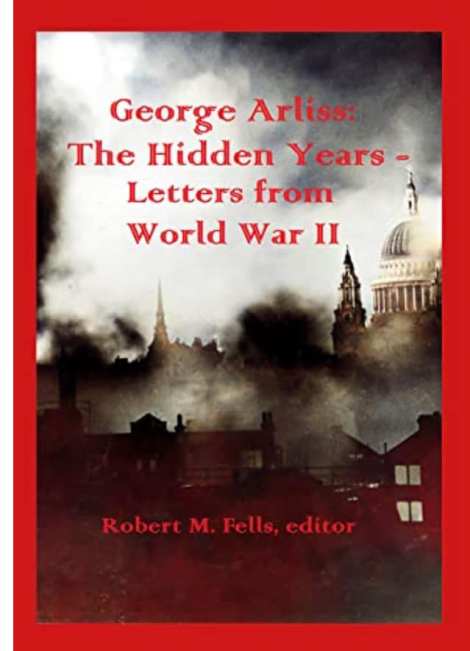
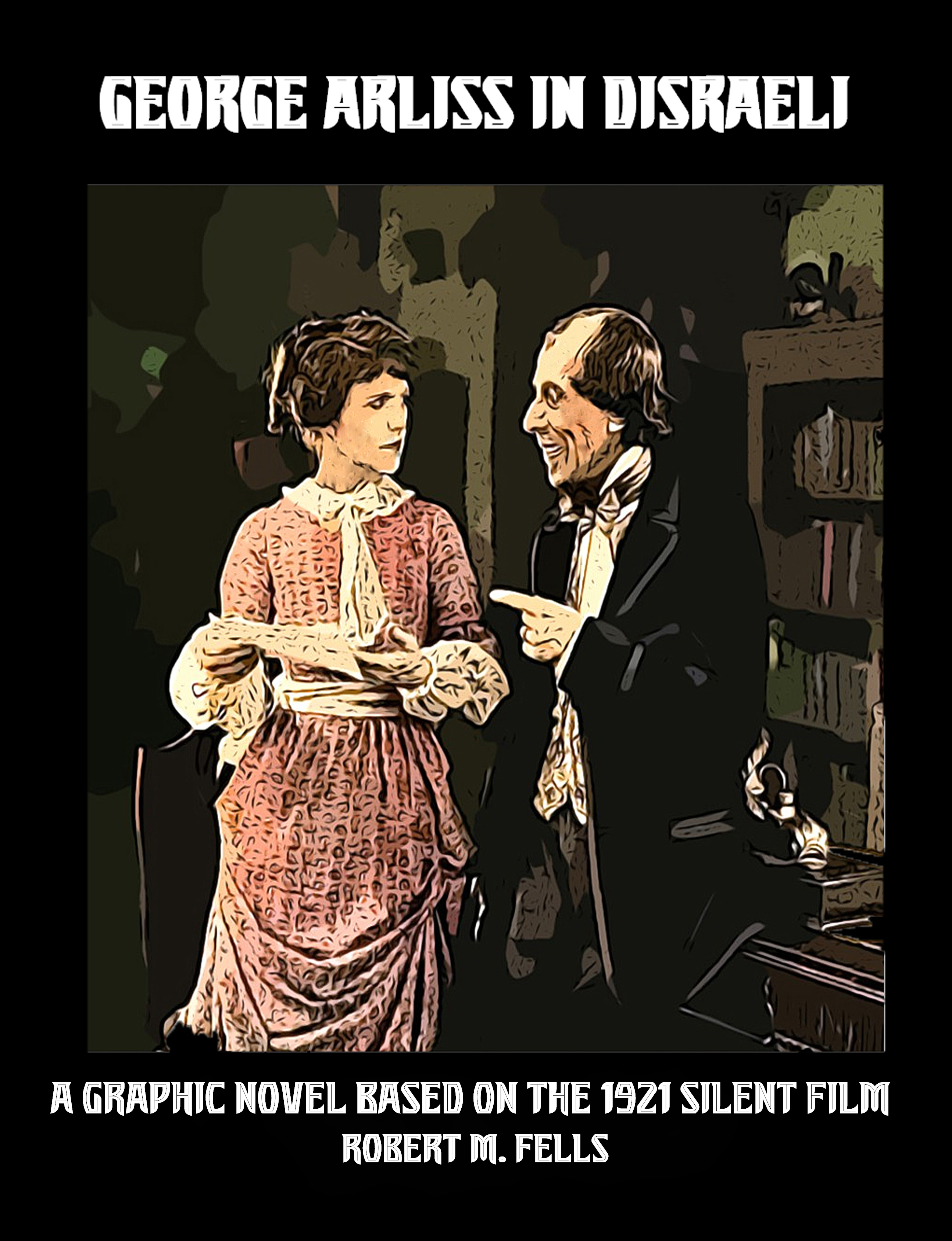
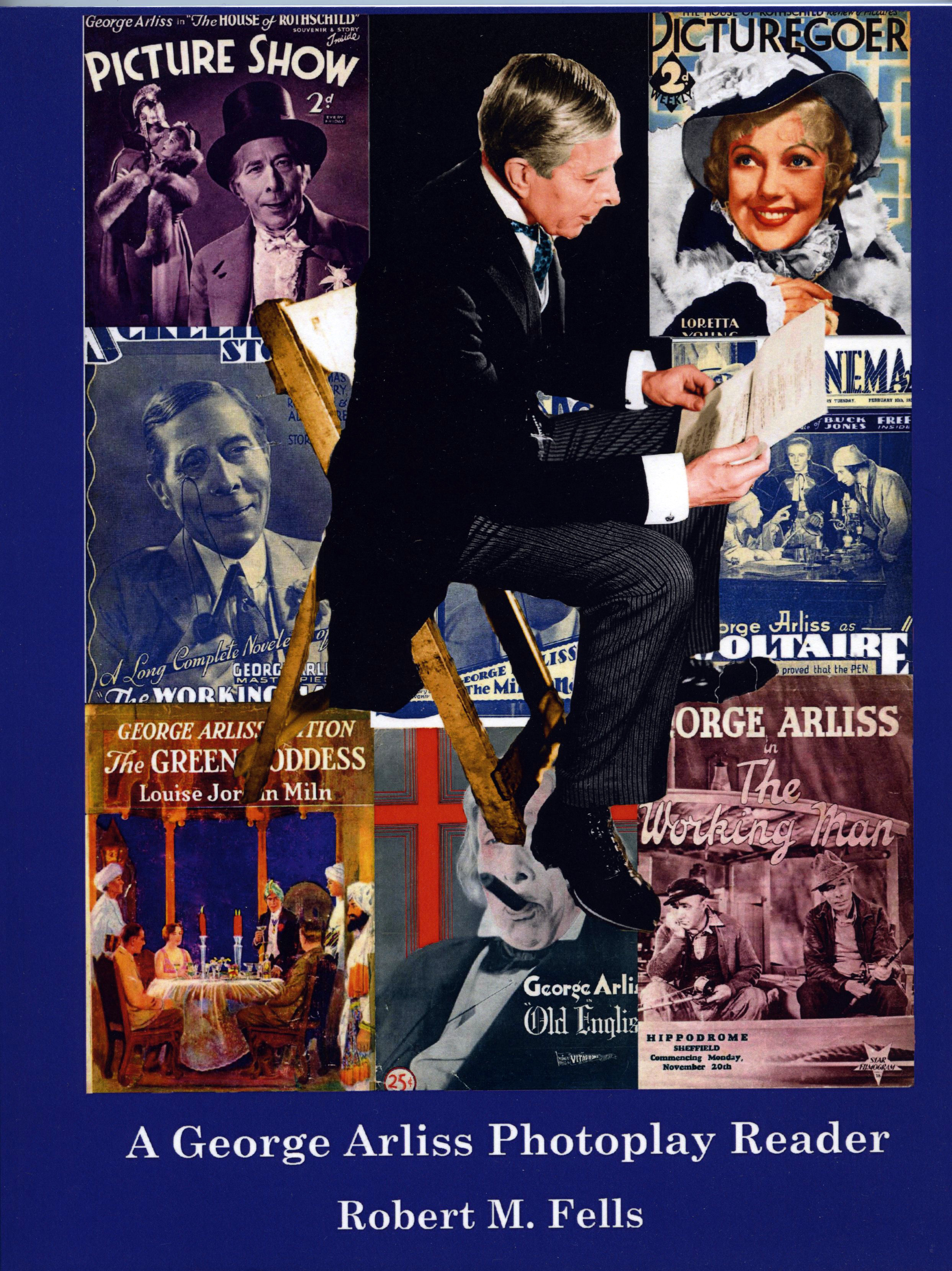

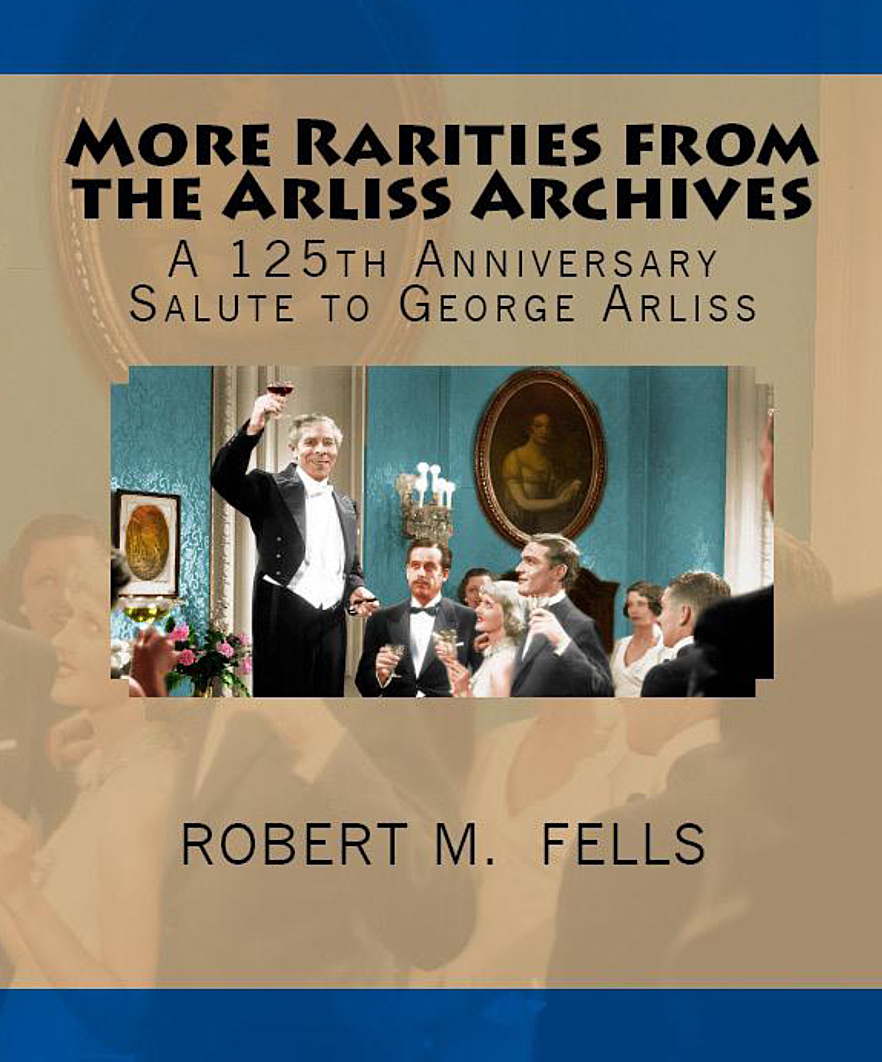
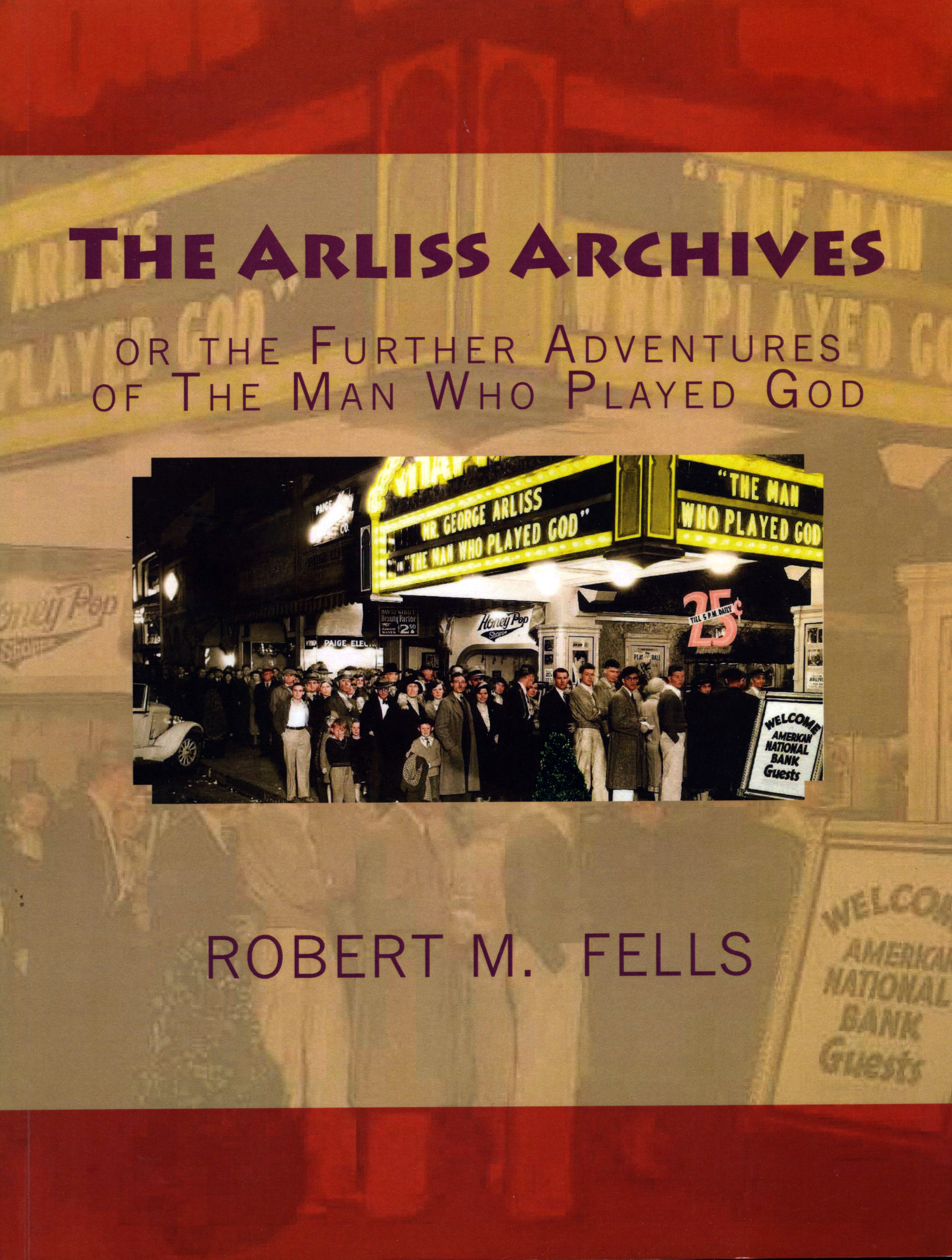
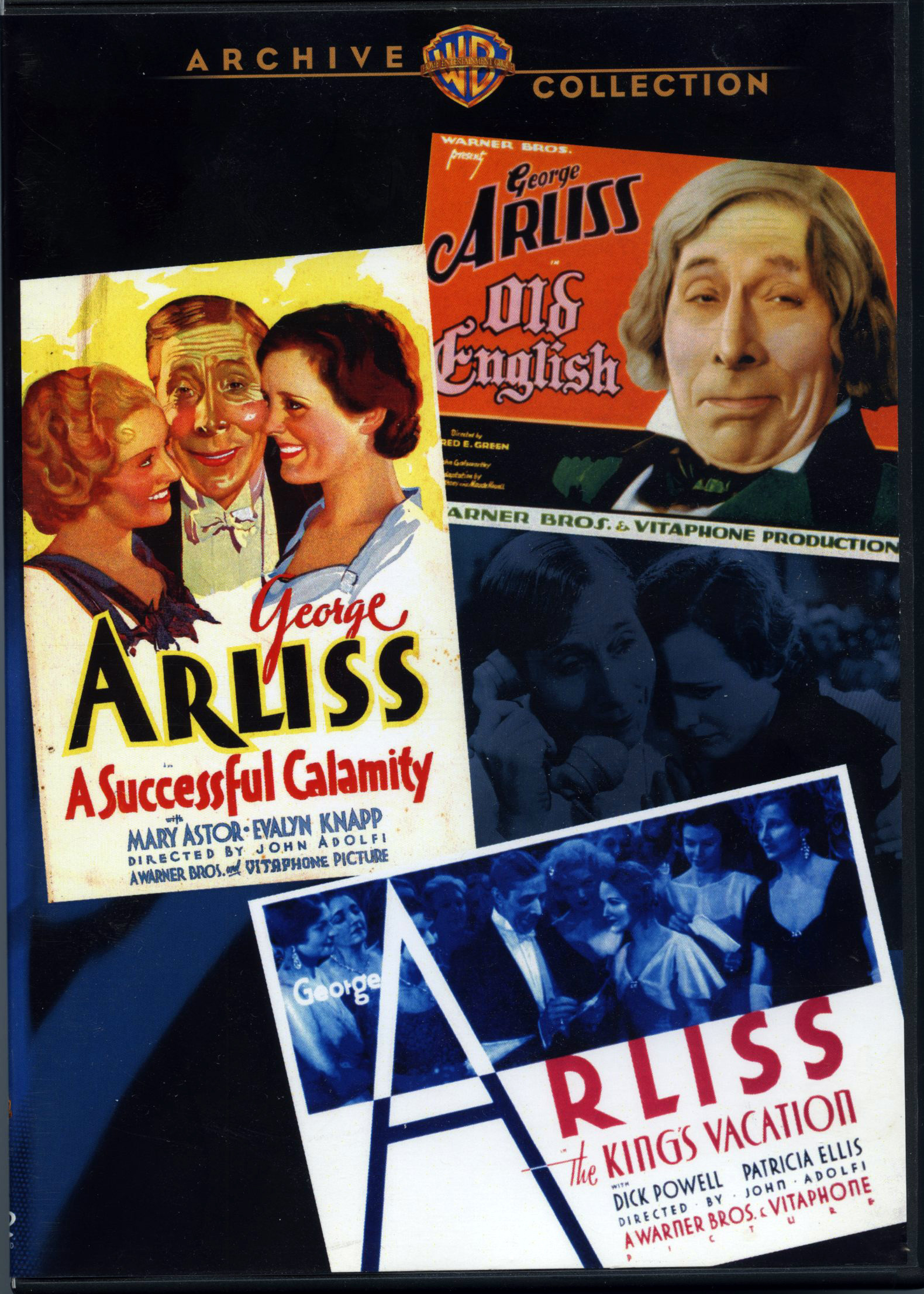




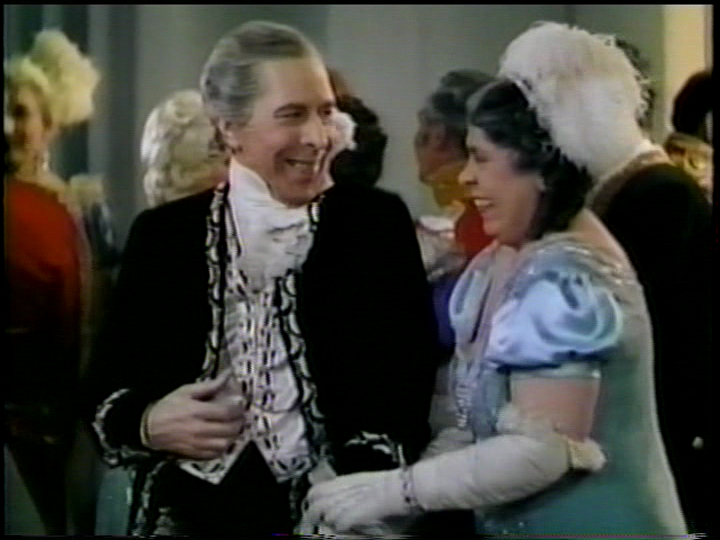

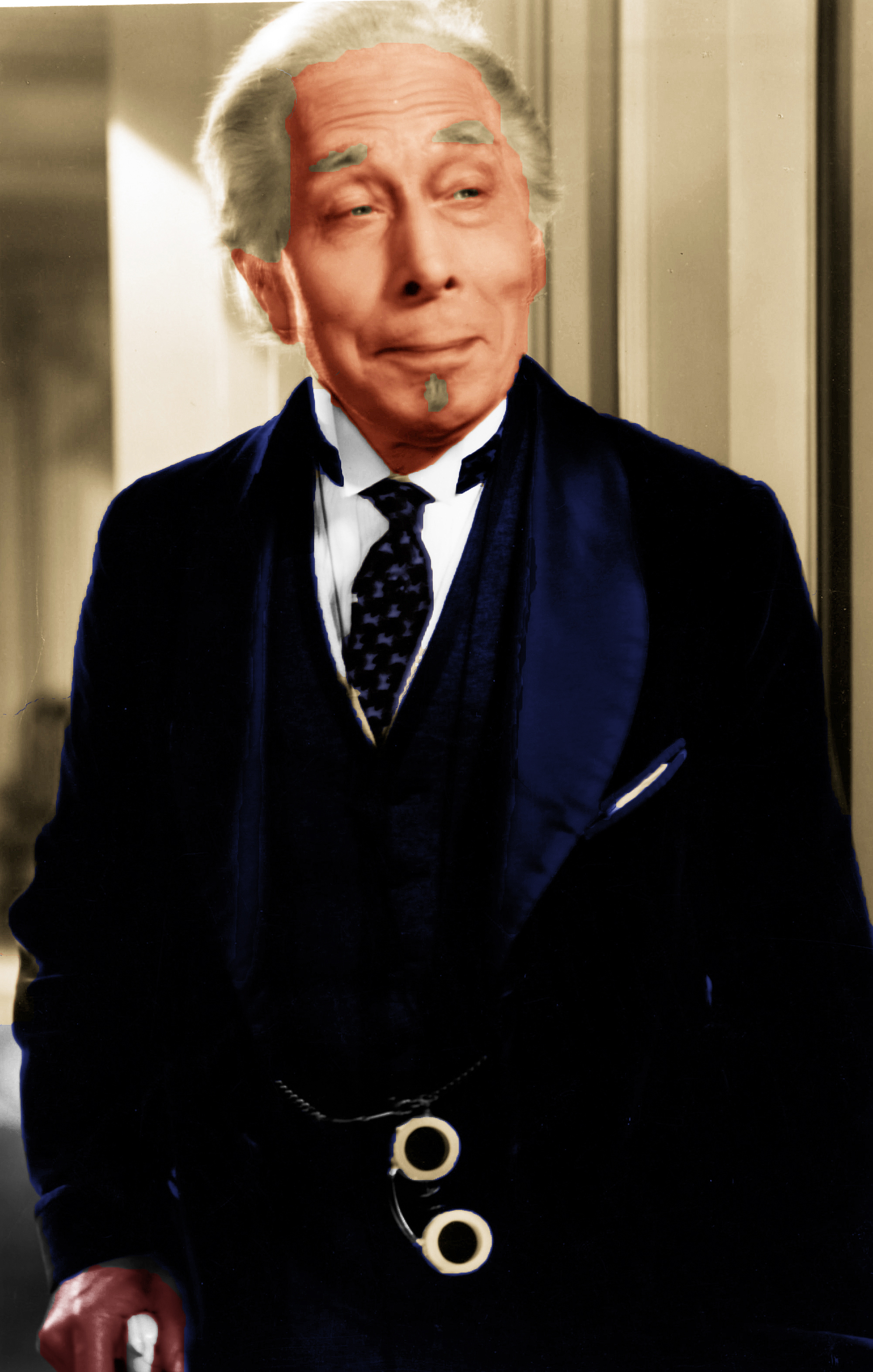
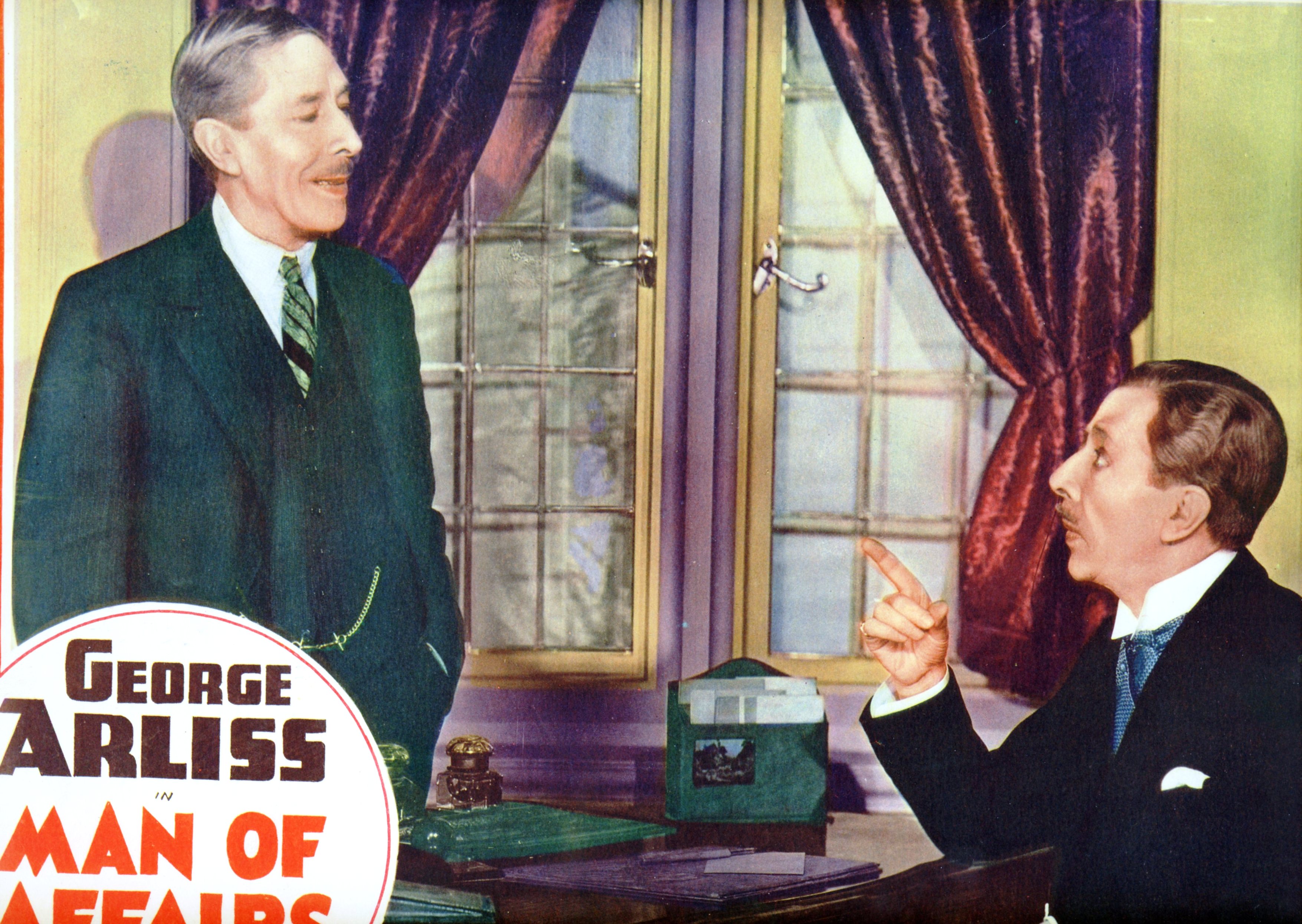

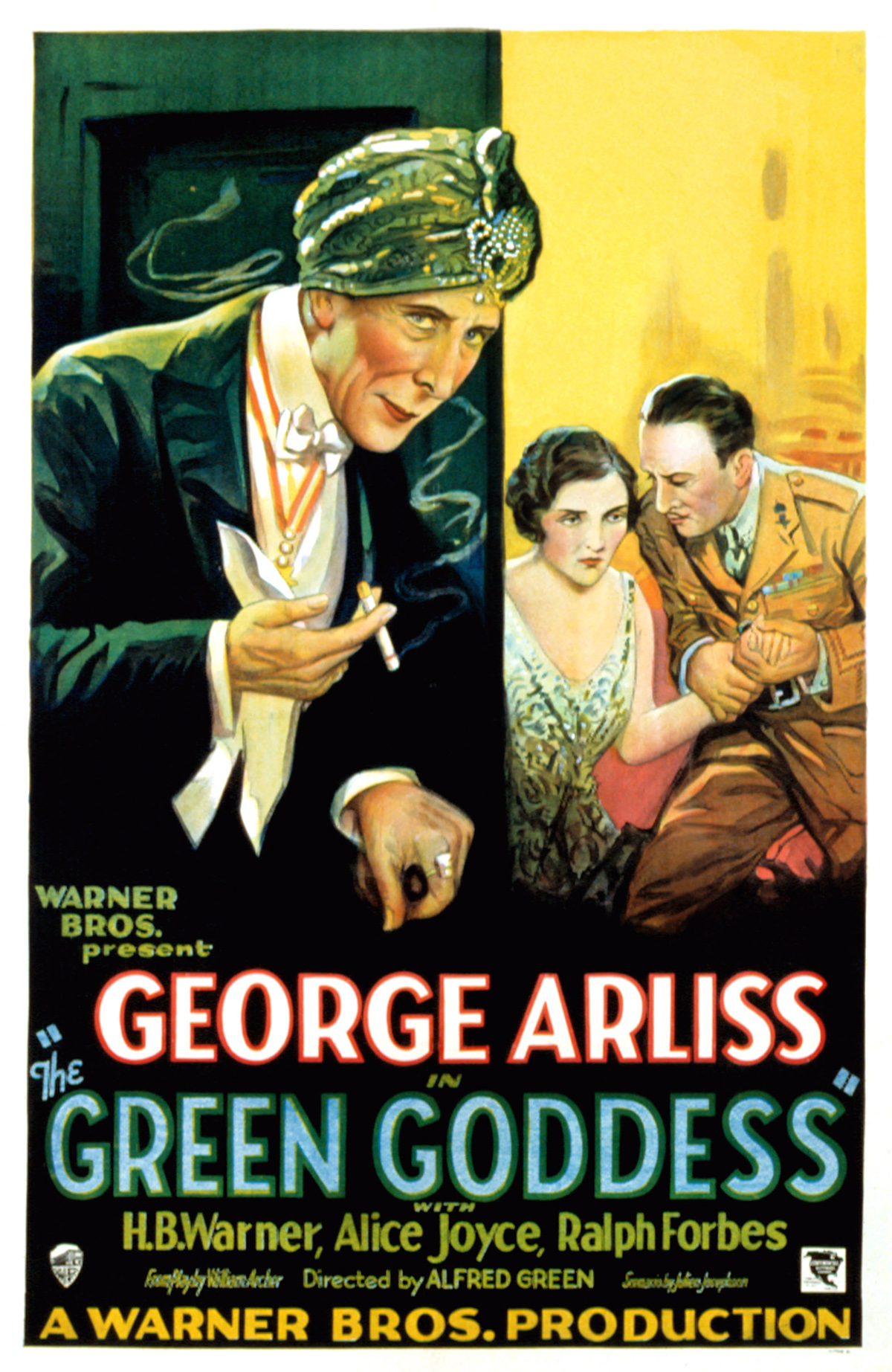
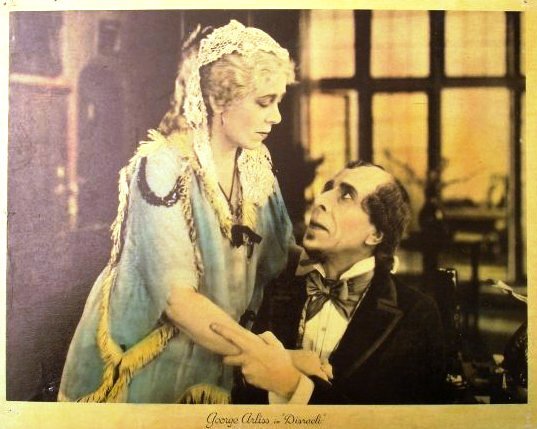

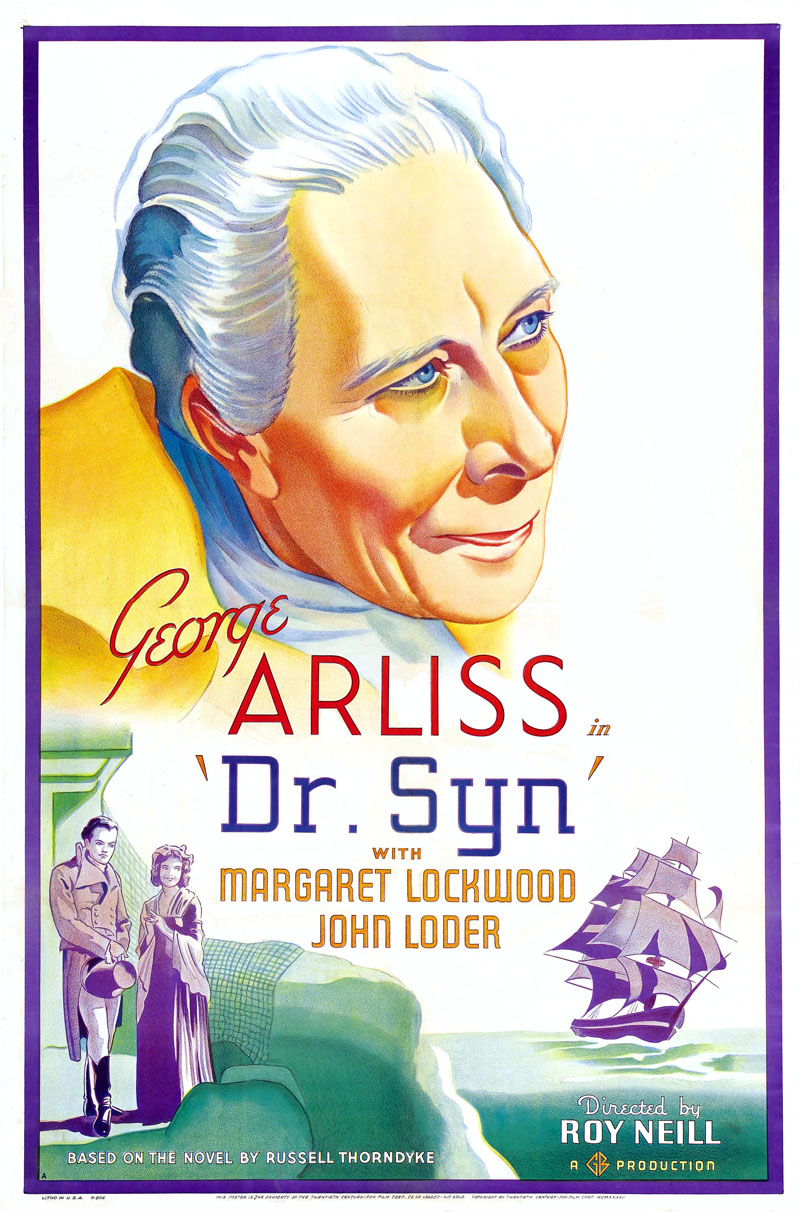
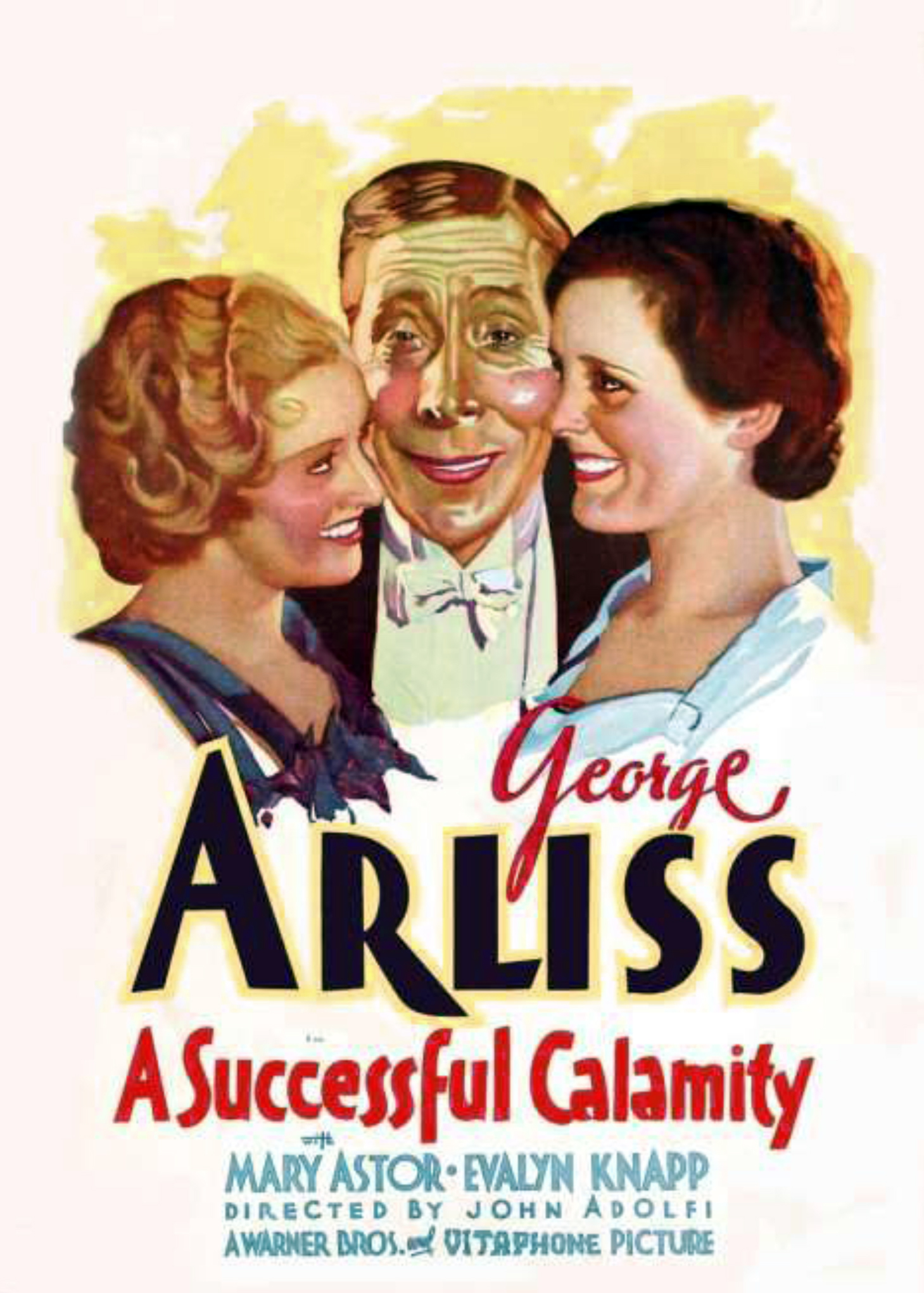


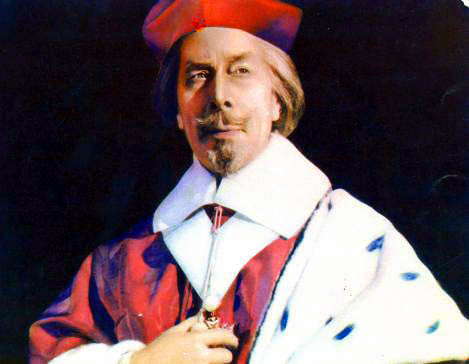

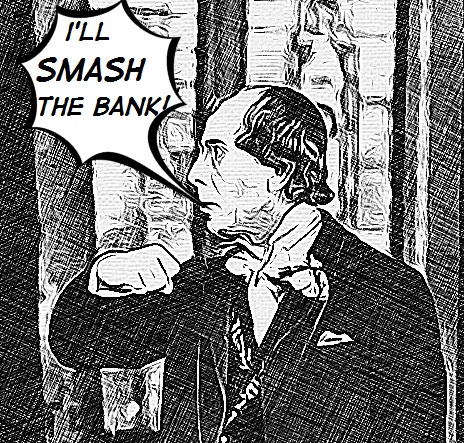


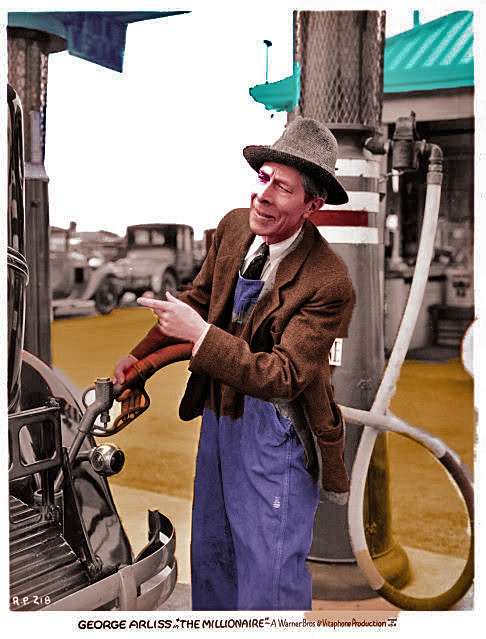

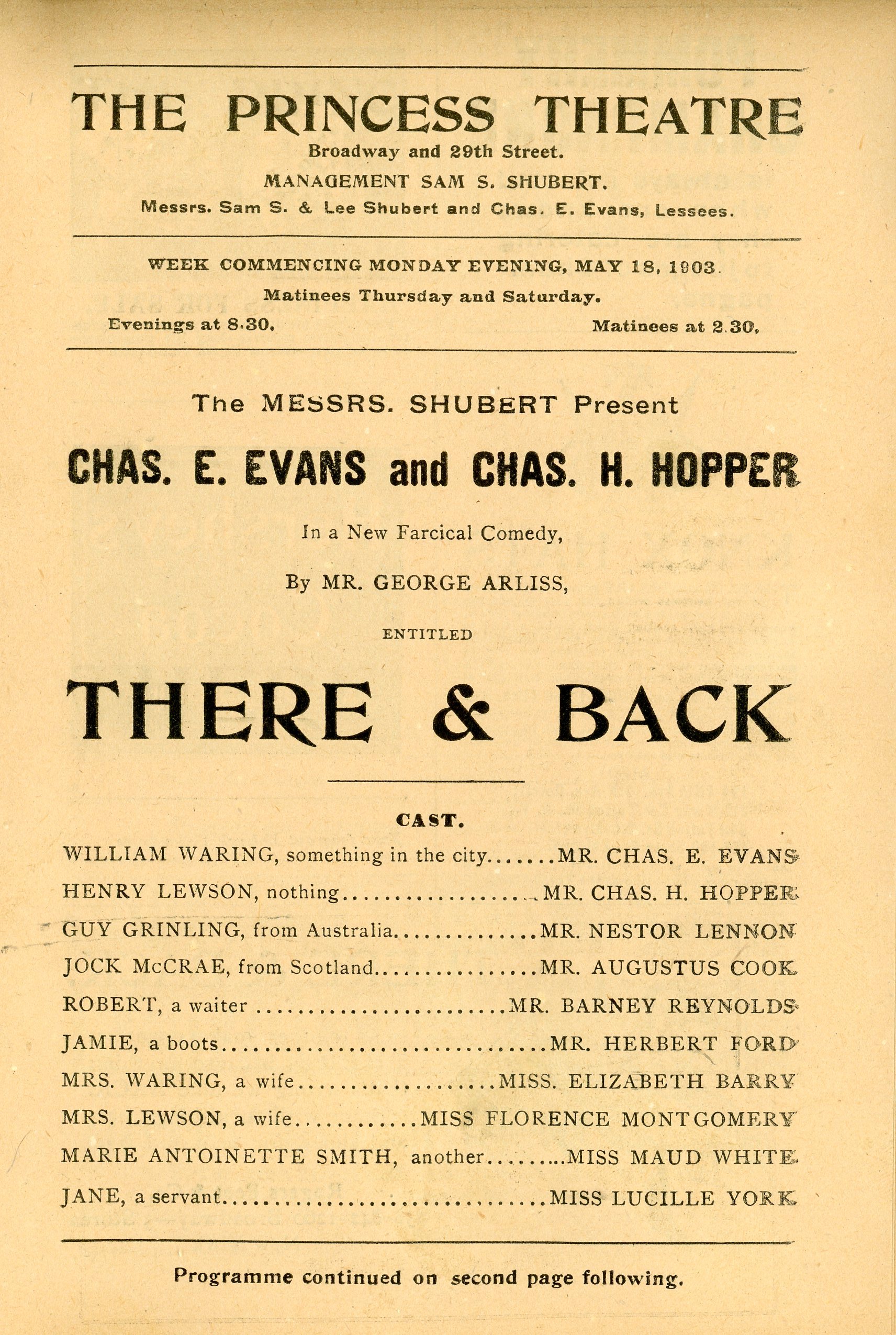

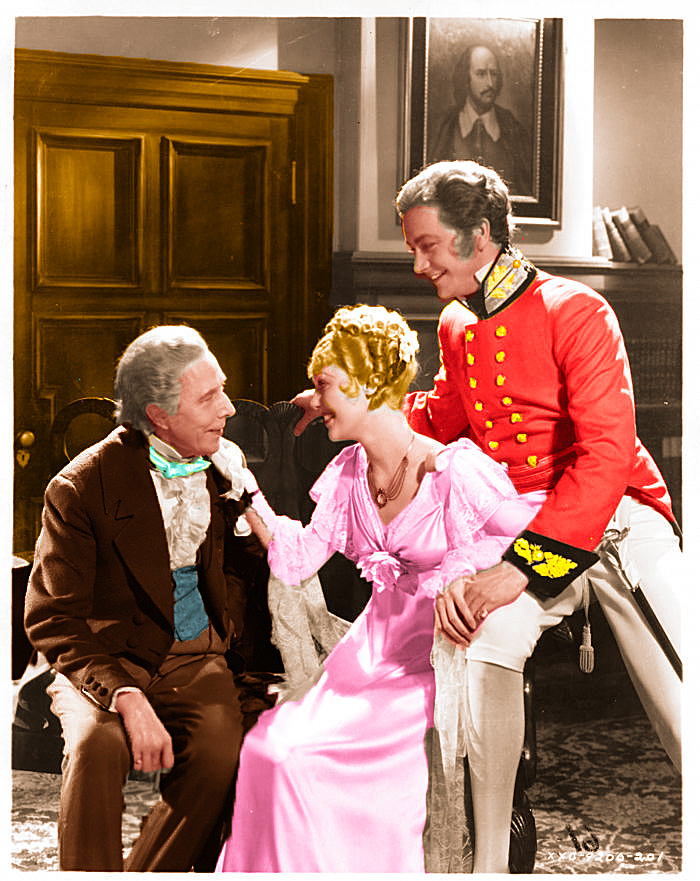
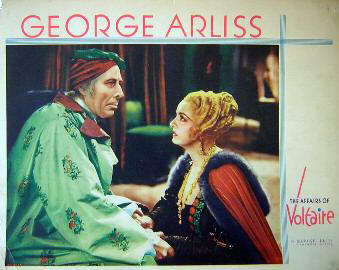
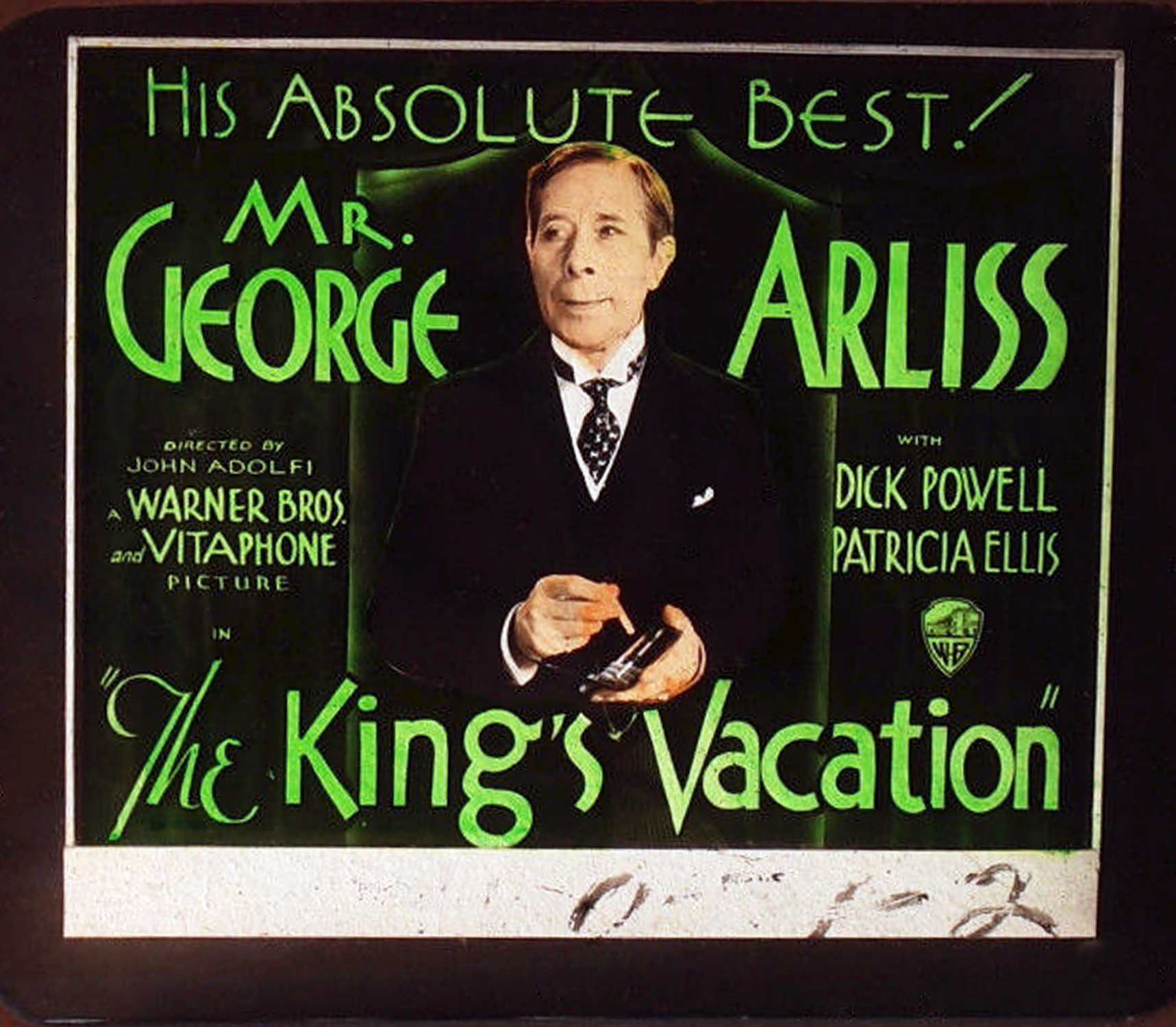

You must be logged in to post a comment.